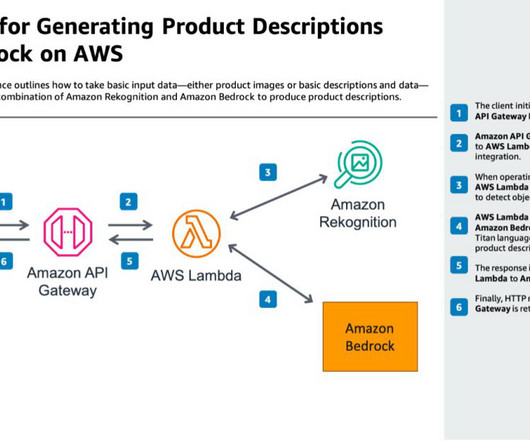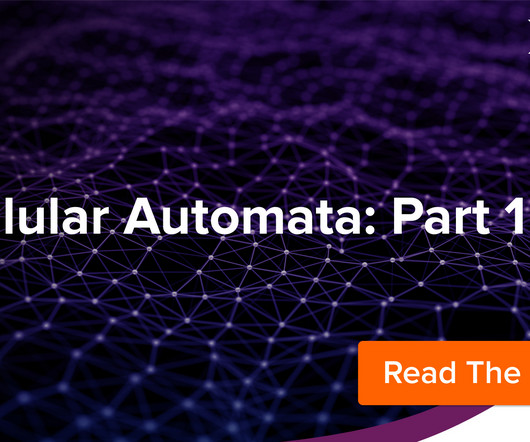Observe Everything
Cloudera
MARCH 22, 2023
Over the past handful of years, systems architecture has evolved from monolithic approaches to applications and platforms that leverage containers, schedulers, lambda functions, and more across heterogeneous infrastructures.
















Let's personalize your content